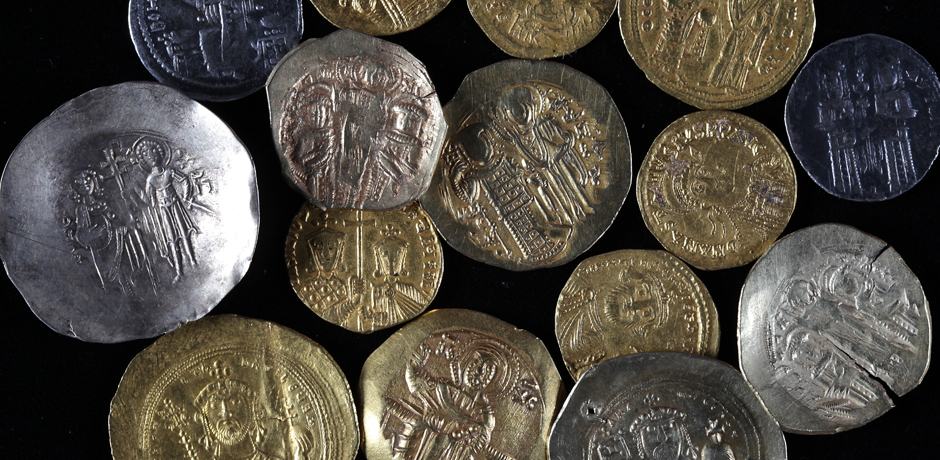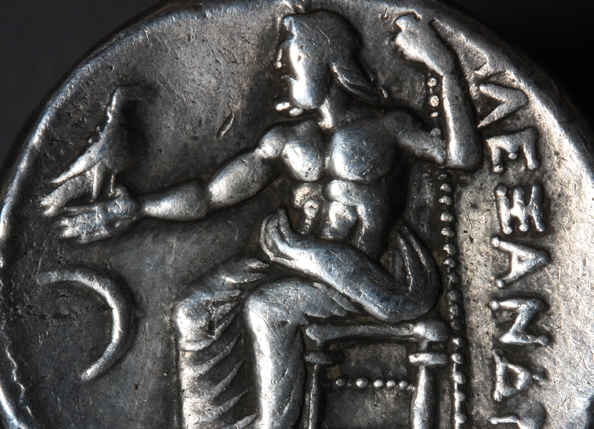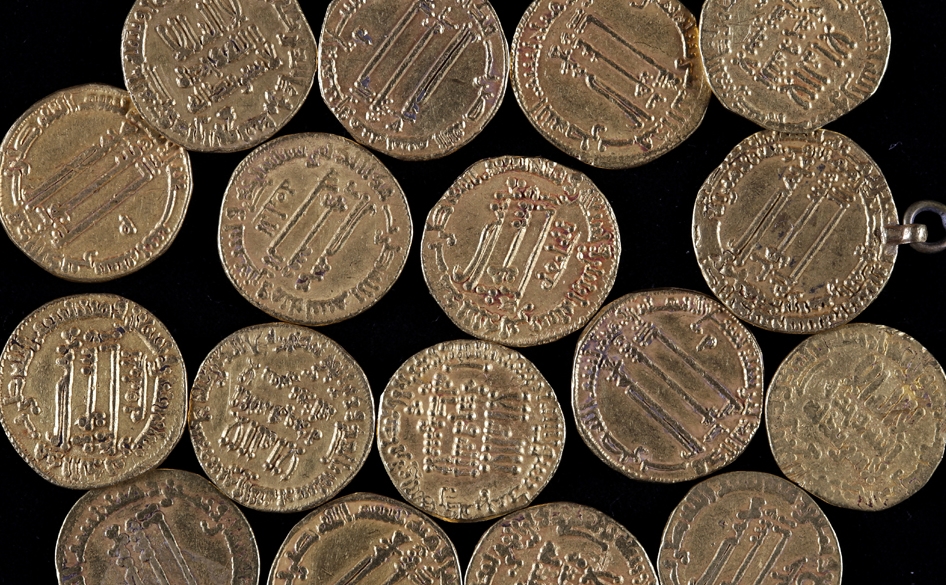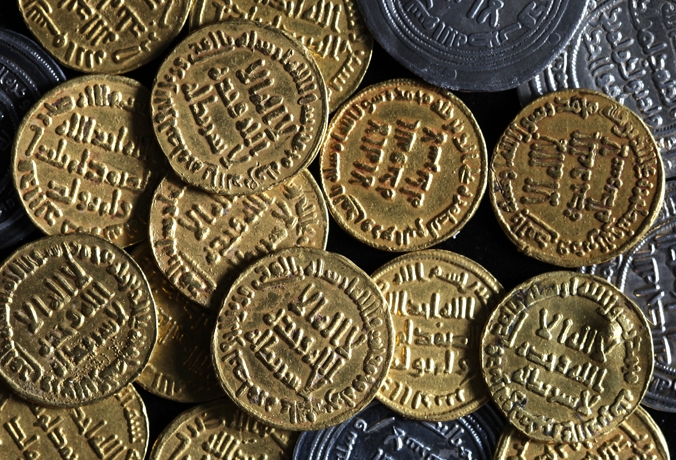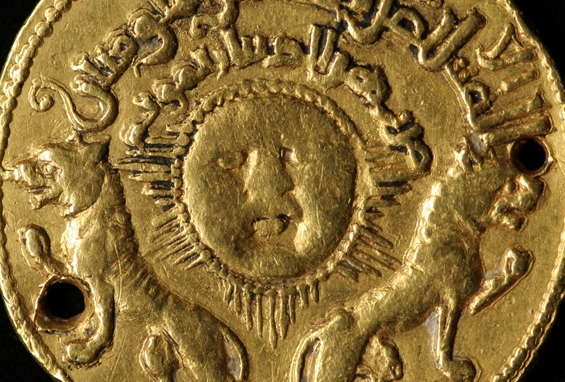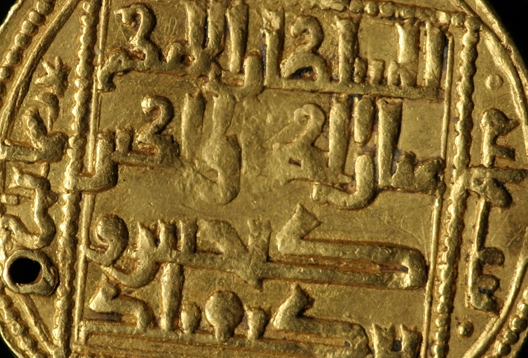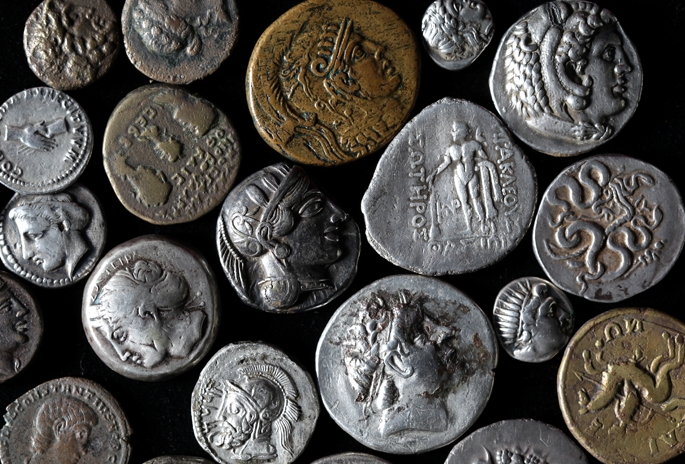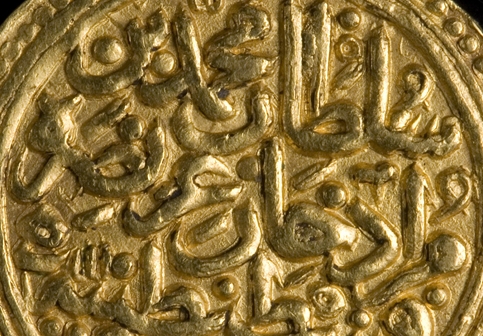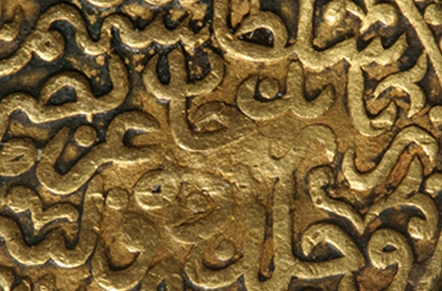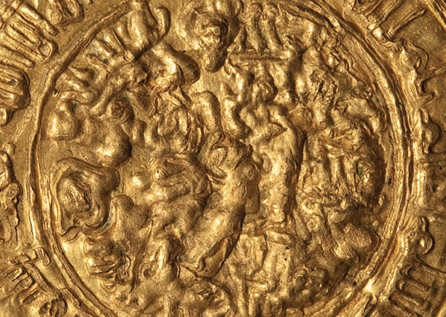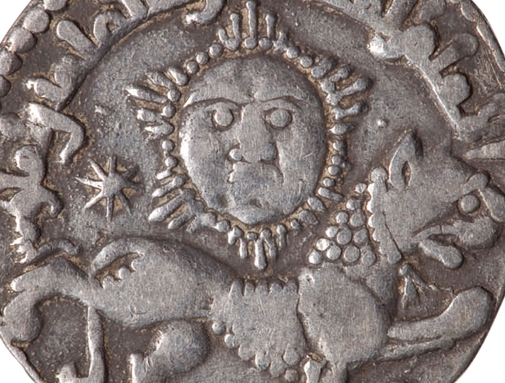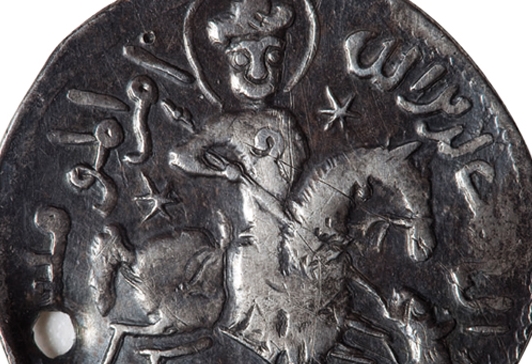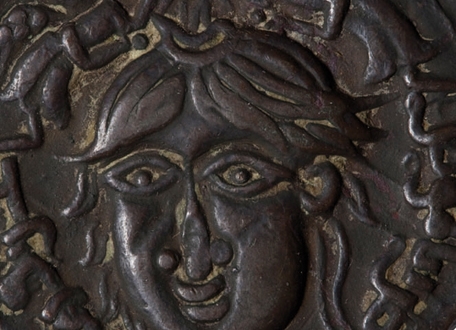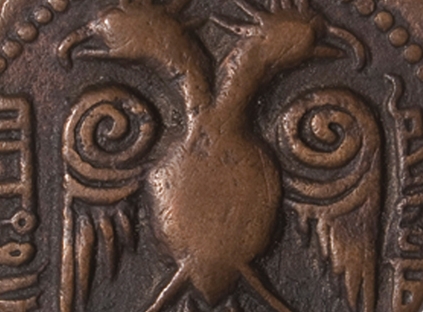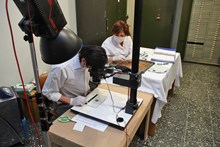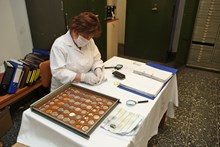Coin Collection
Yapı Kredi Vedat Nedim Tör Museum
55,000 coins
Money is the most accurate chronicler
The Yapı Kredi Vedat Nedim Tör Museum inventory lists 55,000 coins testifying to 2600 years of political and economic history beginning in the 6th century bc and covering a vast area from Athens to Pergamum, Rome, Istanbul, India, Spain, Vienna and Algiers.
The collection was started in the 1950s; acquisitions continued until 1998. The entire collection is listed with the Ministry of Culture and Tourism’s Directorate of Cultural Assets and Museums, and all the work is carried out in coordination with the Ministry and the affiliated museum.
Turkey’s most authoritative numismatists spent years painstakingly gathering the finest examples for their collections; it was the acquisition of these collections by Yapı Kredi that formed the basis of our collection. Intent upon preventing the loss of this treasure by random dispersal, eminent patrons of the arts supported the project. Assigning resources to protect Turkey’s cultural assets and rewarding these labours of love instead of merely increasing its cash reserves furthered this major -and already popular- bank’s reputation.
The two rare coin collections at the heart of it all were purchased from the acclaimed antique dealer Hüseyin Kocabaş and the jeweller Şerafettin Erel. Later acquisitions came from Behzat Butak, Osman Ferit Sağlam, Ekrem Humbaracı, Muazzez Erman, Fethi Aktan, Nusret Karaca, and finally, Cüneyt Ölçer in 1994.
Coins were first minted in 600 bc by the Lydians, who along with Ionian cities struck coins of electrum, an alloy of gold and silver. Within a century this new invention had spread throughout virtually the entire Aegean and the Mediterranean worlds. The depictions, symbols and inscriptions on coins reveal the issuing state, person or authority. Some Lydian coins bear a lion’s head. The Herodotus account of Croesus donating a solid gold statue of a lion weighing 240 kg to the Temple of Apollo at Delphi is but one illustration of the position lions commanded in Lydian heraldry; truly a regal symbol.
The Lydian Kingdom set the standard, and other cities and states used images describing themselves on their coins: a patron divinity, for instance, or a figure from the mythology or history of the city, and at times a local produce symbolising its natural resources. In some instances, the tails showed the ‘attributes’ of the god on goddess on the heads: a lyre, a three-leg cauldron, laurel leaves or a lion for Apollo; a bundle of thunderbolts or an eagle for Zeus, the King of the Gods; bunch of grapes or vine leaf for Dionysus; an owl for Athena and a deer for Artemis.
Images on coins occasionally offer clues to the economy of the city. The silver drachmas in the 1994 Kandıra/Izmit find, for instance: Yapı Kredi acquired this buried treasure by special Ministry of Culture and Tourism permit. Both Chalcedon and Byzantion coins show an ox; however, on the Chalcedon, it is standing on a wheat sheaf, and on the Byzantion coins, on a dolphin. Chalcedon’s income was based on agriculture, whilst Byzantion’s was fishing.
Coins evidence the economy and political status of the issuing state. Only independent Greek city-state coins depicted the patron god or goddess on the heads and the plant or animal symbol of the city on the tails; city-states annexed by the Roman Empire from the first century bc onwards were obliged to adopt the Roman emperor’s bust instead. Another example concerns the Ottoman Empire: until Mehmed II, the state lacked the economic might to mint gold coins. Silver akçes and piastres constituted the legal tender in the land; the only gold coins in circulation were Venetian ducats.
Mediaeval coinage becomes quite intricate, given the tribulations of succession wars and battles. The golden age of the Ottoman Empire did, however, ensure power and peace, which showed on the coins. The gold coin struck by Süleyman the Magnificent in Edirne, beseeches as it boasts, ‘The striker of this gold [coin] is the illustrious Sultan Süleyman Shah, son to Sultan Selim Han; blessed by Allah on the land and at sea. May Allah bless him with victory.’ Indeed gold coins were frequently struck during Süleyman the Magnificent’s reign and comprise a significant part of our collection.
‘Sultan of the Two Lands and the King of the Two Seas, Sultan son to Sultan,’ waxes lyrical some Ottoman coins, referring to the might of the emperors.
The invention of the coin was almost immediately followed by counterfeiting, forcing the Lydians to take measures. Lydian mint officials had been reducing the proportion of gold in electrum, either by increasing the silver levels or even illegally adding bronze. Such loss of prestige was an abhorrent risk for Croesus, who appreciated that trade was the backbone of his country’s wealth. He therefore set about the first monetary reform the world has ever seen: his new law prohibited the minting of electrum coins, restricting coins to pure gold or silver, which in turn led to the invention of gold parting.
Closer in history is the Sassanid currency that was equivalent to today’s Dollars or Euros: in ad 7th century, when Islam was on the ascendancy, the Sassanids were the most powerful country in the Middle East. These coins served throughout the Caliphs’ period, and the Byzantines and the Islamic state in the region even jointly struck coins for commercial purposes.
Caliph Abd-al-Malik carried out a radical reform of Islamic coinage in ah 77/ad 696, and struck the first ever original coin in the Islamic world bearing his own signs and inscriptions. That only two known examples of this gold coin survive in the world is well known. One was sold for £200,000 some twenty years ago by a British auctioneer, and the other is in the Yapı Kredi Collection.
The stories coins -the true witnesses of history- have would defy the imagination of the most resourceful writer. Take the medallion minted by Tepedelenli Ali Pasha for Vasiliki, the love of his life, for instance. Or perhaps the rarest coin in the world, the one minted by Cem Sultan during his all-too-brief one month of rule prior to losing out to his brother Bayezid in the vicious succession struggle between the sons of Mehmed II. Oh, the tales they tell!
Experts are currently engaged in the conservation, maintenance and cleaning of this historical treasure at the Yapı Kredi Vedat Nedim Tör Museum. High-resolution photographs are fundamental to conservation efforts. Scientific data including dates, art history and numismatic details are being converted to the digital platform at present. Once the digital archiving of this one of the most important collections in the world is concluded, it will welcome researchers, and offer more accurate answers and comments based on solid historical facts.
